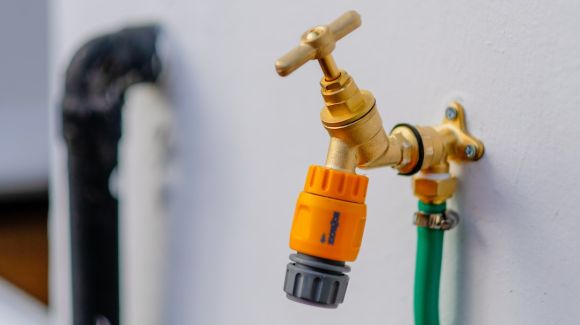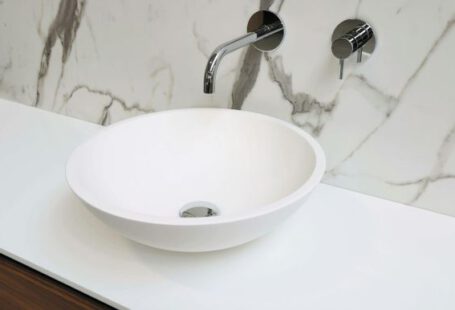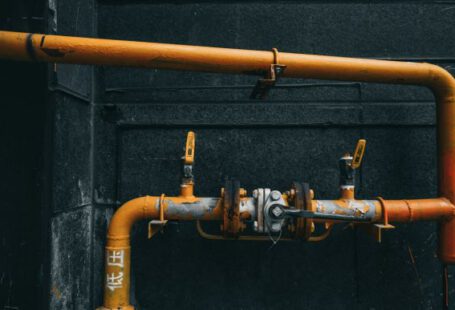Lead pipes have been used in plumbing systems for centuries. While they were once considered a reliable and durable material, we now know that lead pipes pose significant health risks. In this article, we will explore the dangers of lead pipes in your home and discuss safety measures you can take to protect yourself and your family.
Understanding the Health Risks
Lead is a toxic metal that can have serious health consequences, especially for young children and pregnant women. When lead pipes corrode or deteriorate over time, they can release lead particles into the water supply. Drinking water contaminated with lead can lead to a variety of health problems, including developmental delays, learning difficulties, and even kidney damage.
Lead pipes are most commonly found in older homes built before the 1950s when the use of lead in plumbing systems was still widespread. However, even homes built after this period may still have lead pipes, as it took time for the transition to safer materials to occur. It is essential to determine if your home has lead pipes and take appropriate action to minimize the risks.
Identifying Lead Pipes
If you suspect that your home may have lead pipes, there are a few methods you can use to confirm their presence. One way is to examine the pipes visually. Lead pipes are typically dull gray and may have a soft, easily scratched surface. Another method is to use a home testing kit, which can detect the presence of lead in your water. If you are unsure or want a more accurate assessment, it is recommended to consult a professional plumber or water testing service.
Minimizing Exposure to Lead
If you discover that your home has lead pipes, there are several steps you can take to minimize your exposure to lead-contaminated water. Firstly, consider installing a water filtration system specifically designed to remove lead. These systems can effectively remove lead particles before the water reaches your tap, providing an additional layer of protection.
In addition to filtration, it is crucial to flush your pipes regularly. Running the cold water tap for a few minutes before using it for drinking or cooking can help reduce the concentration of lead in the water. It is also advisable to use only cold water for cooking and preparing baby formula, as hot water is more likely to contain higher levels of lead.
Replacing Lead Pipes
Ultimately, the most effective way to eliminate the health risks associated with lead pipes is to replace them with safer alternatives. Replacing your home’s plumbing system can be a costly and time-consuming process, but it is an investment in your family’s health and well-being.
When replacing lead pipes, it is essential to hire a professional plumber experienced in lead pipe removal. They will ensure that the old pipes are safely removed and dispose of them in accordance with local regulations. They will also install new pipes made from lead-free materials such as copper, PEX, or PVC, ensuring that your water supply is safe for consumption.
Conclusion: Protecting Your Family’s Health
Lead pipes in your home pose serious health risks that should not be ignored. Understanding the dangers of lead exposure and taking appropriate safety measures is crucial for protecting yourself and your family. By identifying and minimizing your exposure to lead-contaminated water and considering the replacement of lead pipes, you can ensure a safer and healthier living environment for everyone in your home.



